Principle of anti-heavy stubble of microbial agents: Solving Continuous Cropping roblems and Boosting Yields
Introduction: Are You Facing Crop Failure and Stunted Growth?
Continuous cropping, or replanting the same crop year after year, plagues farmers worldwide. This practice, known as heavy stubble or replant problem, leads to significant yield reductions, poor plant growth, and increased soil-borne diseases.
Fortunately, innovative microbial agents offer a powerful, science-backed solution. This guide delves into the principle of anti-heavy stubble of microbial agents, providing a clear action plan to reclaim your soil health and productivity.
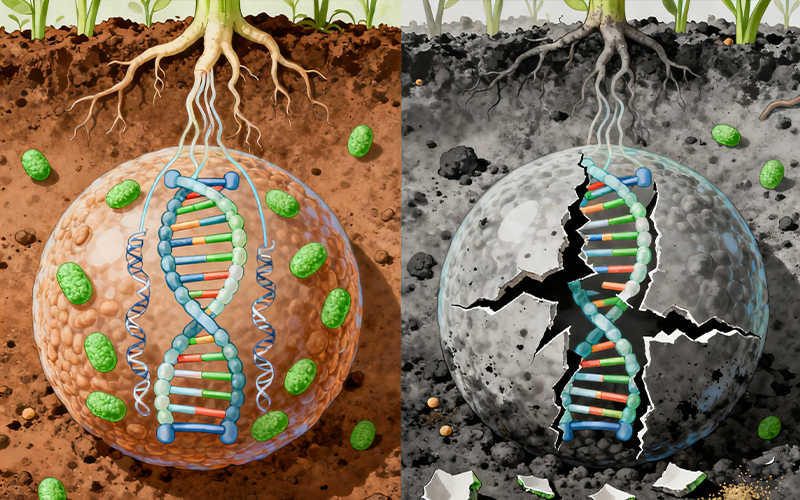
What is Continuous Cropping Obstacle?
The Silent Yield Killer in Your Fields
Continuous cropping obstacle is a complex phenomenon where cultivating the same crop repeatedly on the same land leads to declining yields and deteriorating soil health.
The primary culprits include:
- Soil Microbiome Imbalance: Harmful pathogens and fungi, like Fusarium, accumulate.
- Pest Proliferation: Root-knot nematodes (e.g., Meloidogyne spp.) become established.
- Soil Acidification and Toxin Buildup: Root exudates can poison the soil for the same plant species.
- Nutrient Depletion: Specific nutrients are mined without replenishment.
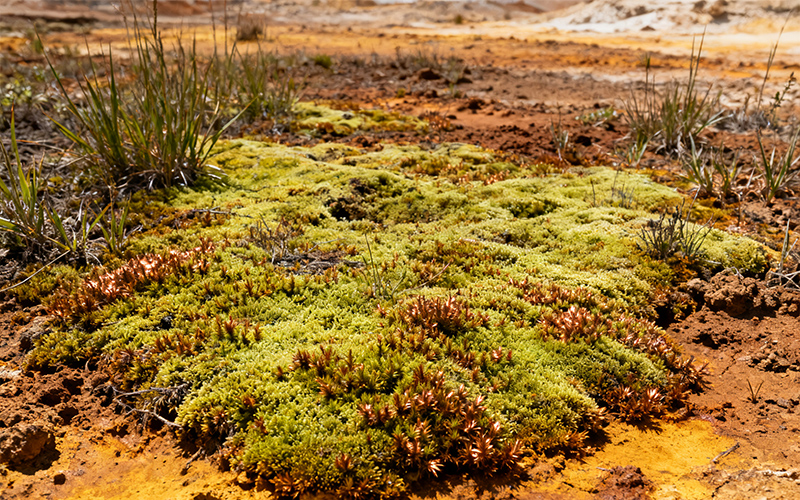
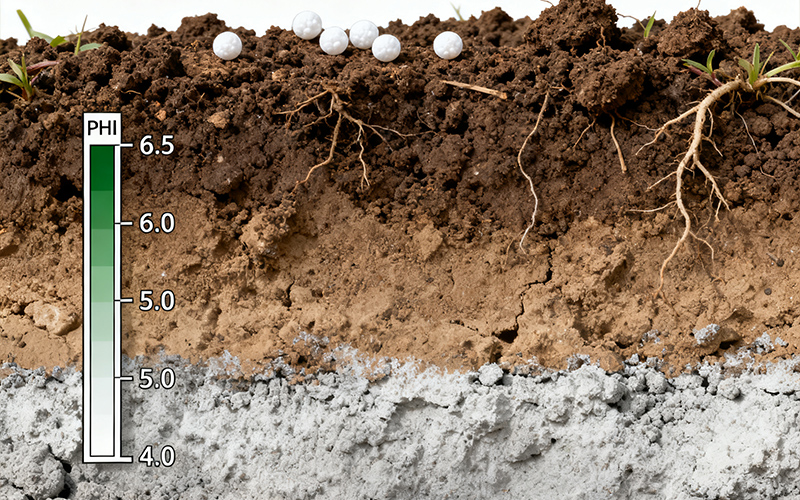
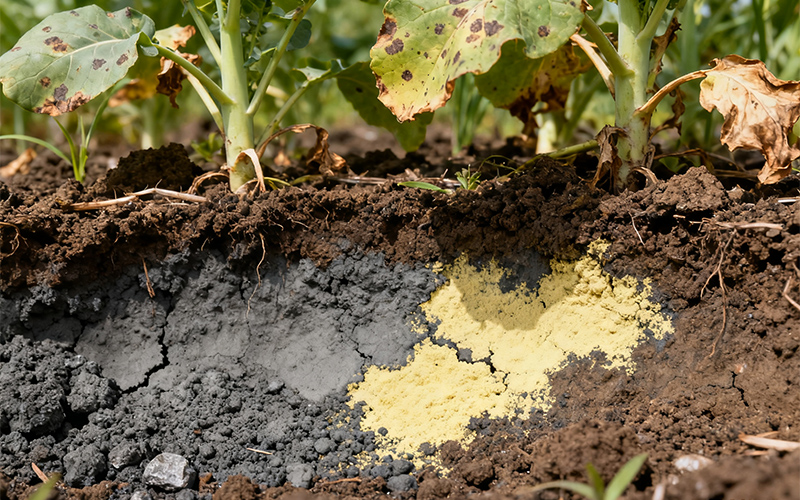
How Do Microbial Agents Combat Continuous Cropping?
Harnessing Nature’s Army for Soil Health
Microbial inoculants are formulations containing beneficial living microorganisms. They work through several powerful, natural mechanisms to restore soil balance.
- Direct Antagonism and Competition: Beneficial bacteria, such as Bacillus strains, compete with pathogens for space and nutrients. They may also produce antibiotics and cell wall-degrading enzymes (e.g., chitinase) that directly inhibit pests like root-knot nematodes.
- Induced Systemic Resistance (ISR): These microbes “prime” the plant’s own defense system. When a pathogen attacks, the plant responds more quickly and robustly.
- Soil Structure and Nutrient Enhancement: Microbes produce compounds that bind soil particles, improving structure. They also solubilize phosphorus, fix atmospheric nitrogen, and enhance the release of nutrients from organic matter.
Scientific Evidence and Global Applications
Proven Results from the Field and Lab
The efficacy of microbial agents isn’t just theoretical; it’s demonstrated globally. For instance, a 2020 study in Luxembourg explored “Shallow rotary tillage with microbial digestion” to manage cover crops and stubble, highlighting the role of added bacteria and microbes in accelerating plant material decomposition and promoting soil organisms.
In China, research on pepper plants showed that foliar application of a specific microbial agent significantly enhanced plant growth and yield. It reduced virus disease incidence by 6.7% and cut down late blight by 16.7%, leading to an average yield increase of 11.67%.
Furthermore, combining microbial agents with other fertilizers can drive efficiency. A 2016 study found that using controlled-release urea with a microbial inoculant not only maintained wheat yields with 20% less fertilizer but also boosted nitrogen use efficiency to 37.4% and enhanced key soil enzyme activities.
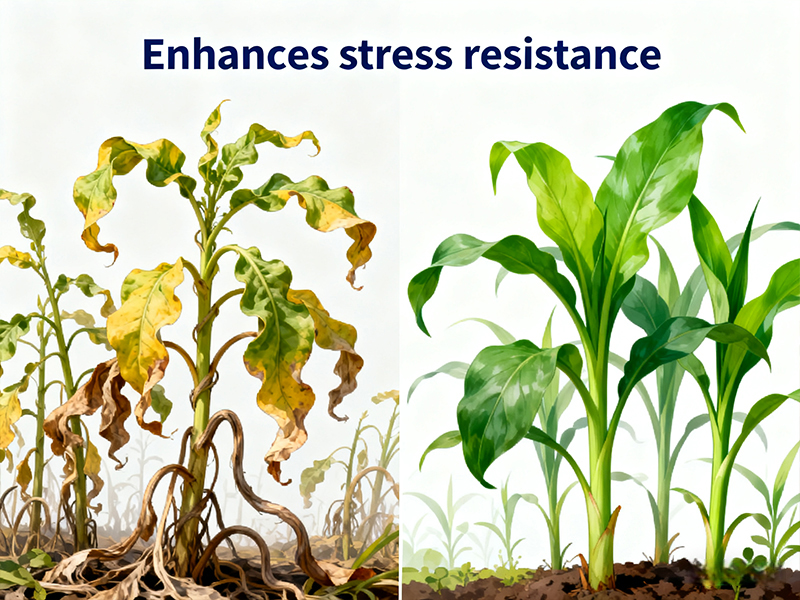
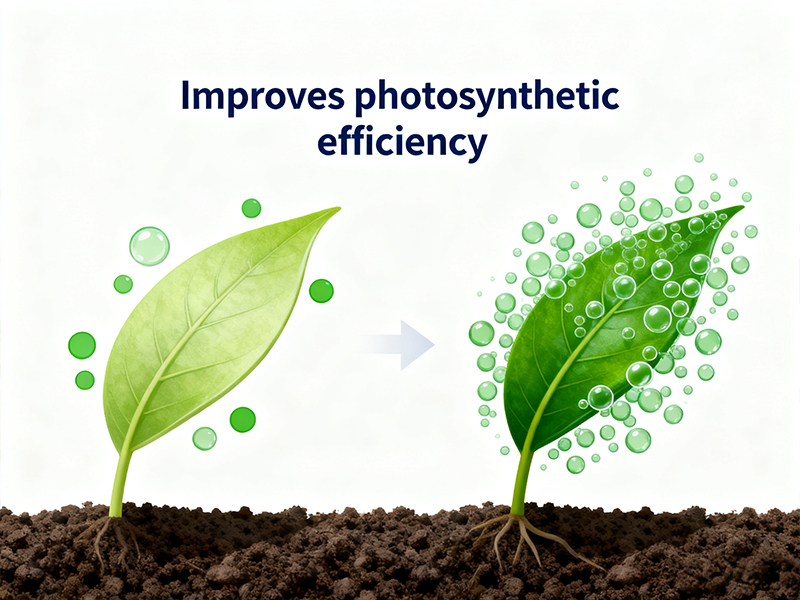
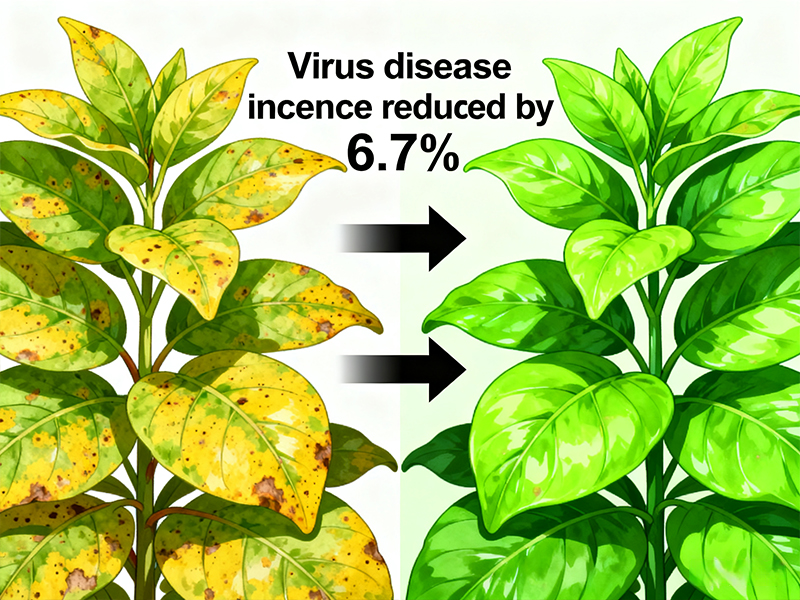
Integrating Trelfey’s Microbial and Nutritional Solutions
A Complete System for Soil and Plant Health
Solving continuous cropping requires a two-pronged approach: addressing the soil biology and supporting plant nutrition. Here’s how Trelfey’s products form a complete system.
Core Solution: Anti-heavy Stubble Microbial Inoculant
Our specialized Anti-heavy Stubble Microbial Inoculant is your first line of defense. It contains a concentrated consortium of beneficial microbes, including Bacillus subtilis and other endemic bacteria.
- Application Protocol: Apply 10-15 L/hectare via drip irrigation or drenching at the beginning of the season. For best results, use with organic matter.
Supporting Nutritional Programs
A stressed plant needs optimal nutrition. Pair our microbial inoculant with these targeted solutions:
- For Vigorous Root Systems: Our Amino Acid + Calcium Magnesium Fish Protein Liquid Fertilizer provides essential nutrients and organic compounds to stimulate strong root development, helping plants establish themselves in challenging soils.
- To Address Nutrient Deficiencies: Our balanced NPK Water-Soluble Fertilizers (21-21-21+TE) provide a perfect start, ensuring plants have access to all major nutrients and trace elements crucial for overcoming stress.
- For Enhanced Fruit Setting and Quality: As the plant moves to fruiting stages, switch to our NPK 10-5-45+TE to support high yields and improve fruit quality.
- For Soil Organic Carbon: Incorporate Potassium Humate Granules at a rate of 200-500 kg/hectare to fundamentally improve soil structure, water retention, and microbial habitat.
Practical Application Guide for Key Crops
Tailored Solutions for Maximum Impact
- Tomatoes (Greenhouse & Field):
- Problem: High susceptibility to root-knot nematode and Fusarium wilt.
- Solution: Apply Anti-heavy Stubble Microbial Inoculant at transplanting. Follow with Amino Acid + Trace Elements Liquid Fertilizer for stress relief and MKP (0-52-34) to boost flowering and root strength.
- Strawberries:
- Problem: Rapid soil pH shift and verticillium wilt.
- Solution: Drench roots with our microbial inoculant before planting. Use balanced NPK 21-21-21+TE during vegetative growth and NPK 10-5-45+TE during fruiting for higher brix and firmer berries.
FAQ: Answering Your Top Questions
Q1: Can microbial agents be mixed with chemical fertilizers?
It is generally not recommended to mix them directly. High salt concentrations and chemical properties in fertilizers can reduce microbial viability. Apply them separately.
Q2: How long does it take to see results?
Improvements in plant vigor can be seen within a few weeks. Significant yield increases and soil health restoration are typically observed after one to two growing seasons.
Q3: What is the shelf life of your microbial inoculants?
Our products have a shelf life of 18-24 months when stored in a cool, dry place away from direct sunlight.
Conclusion: Build Healthier Soil for Higher Profits
Continuous cropping doesn’t have to mean declining yields. By understanding the principle of anti-heavy stubble of microbial agents and implementing a holistic strategy that combines these powerful biological tools with targeted nutrition, you can break the cycle.
As a leading fertilizer wholesale factory, Trelfey provides the high-quality inputs and technical support you need to succeed.
If you have any questions that need to be answered, you can always find us through the chat icon in the lower right corner of the page or directly enter Trelfey’s store to view the products.
Of course, you can also check out our other social media (such as Linkedin) to learn more about us.
References:
- WOCAT: Shallow rotary tillage with microbial digestion.
- Frontiers in Microbiology: Endophytic Streptomyces from honeybee hives inhibit plant and honeybee pathogens.
- Journal of Environmental Engineering: Principle of recirculating cooling water treated with microbial agents and its industrial test.
- Journal of Soil and Water Conservation: Study on Nitrogen Use Efficiency and Soil Enzyme Activity of Controlled-Release Urea Combined with Microbial Inoculants.
- CNKI: Preliminary Study on Foliar Application of “Tianrenxue” Microbial Inoculant on Pepper.
- China Knowledge Centre for Engineering Sciences: An efficient microbial agent for insect resistance, disease prevention, fertilizer enhancement, and growth promotion.
- Foodmate Patent: An efficient microbial agent for insect resistance, disease prevention, fertilizer enhancement, and growth promotion.
- Food Ingredients First: Dairy defense: dsm-firmenich and APC Microbiome uncover novel phage-resistance systems.
- Kepuchina: Can chemical fertilizers and biological agents be used together?
- Heilongjiang Academy of Sciences: Demonstration and application of high-efficiency biocontrol agents.
